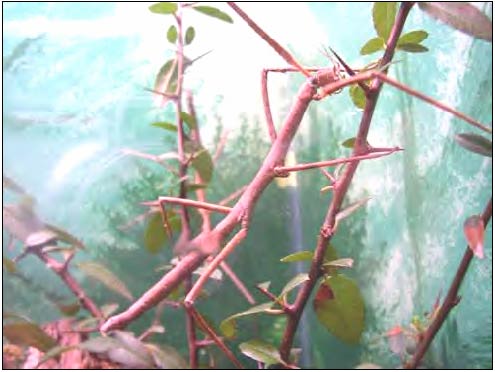| New College of California Family Literacy | Nov. 18, 2006 |
THE MAGIC OF INVISIBLE WRITING

Have you ever wanted to write an invisible message that no one could read unless they knew the secret? Today we will learn how. To do this experiment we’ll need:
|
This experiment teaches the differences between acids and bases. The word "acid" comes from the Latin "acetum," which means "vinegar." Historically, acids were known for their sour taste and their ability to dissolve some metals. Bases were usually soapy to the touch and could react with acids in water to form salts. For invisible writing, vinegar is our acid and baking soda is our base. Goldenrod paper is a special paper that has been coated with a dye that acts as an acid base indicator. It turns bright red when exposed to a base, such as baking soda or ammonia, and back to yellow when exposed to an acid, such as vinegar or lemon juice. Activity: Take a yellow or dandelion color crayon, which is about the same color as goldenrod paper. Write a secret message on the paper in big letters. It’s OK to write just one or two words. To make the message appear, dissolve some baking soda in water and stir it with a Q tip to form a solution. Then swipe the Q tip over the hidden words on the paper. The paper will turn red all around the words, which will appear clearly. To make the message disappear again, rub the red area with a Q tip soaked in vinegar. The paper will bubble, then slowly turn back to yellow. To make the message reappear, rub it again with baking soda solution. * * * Vocabulary for this lesson: goldenrod, dandelion, acid, base, dye, indicator, reaction, solution |
